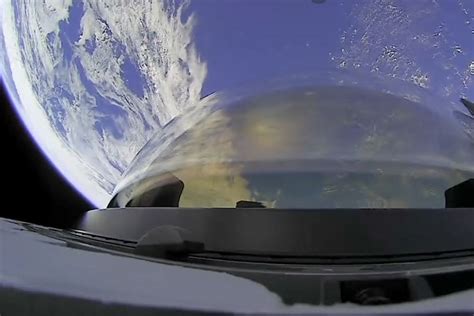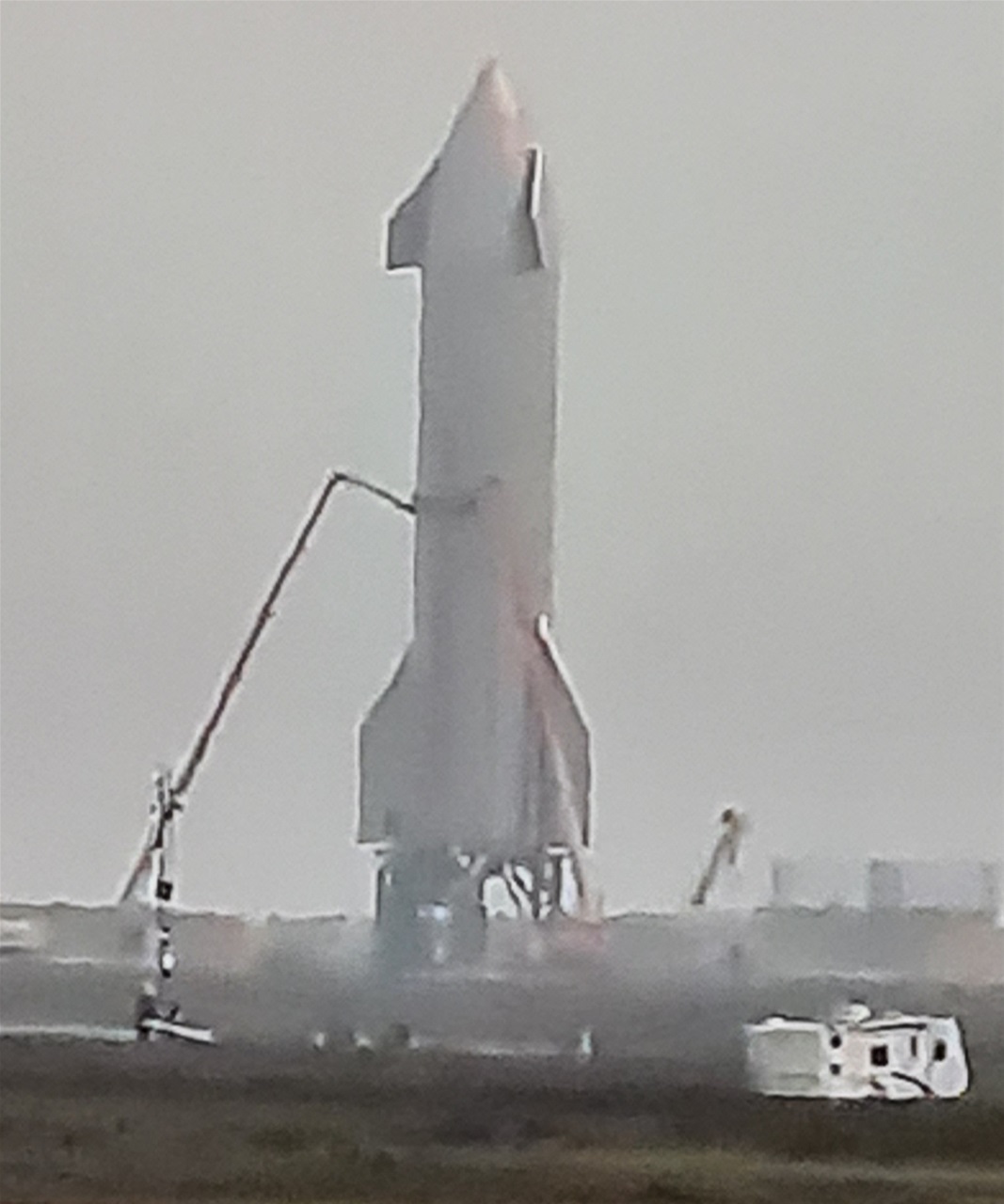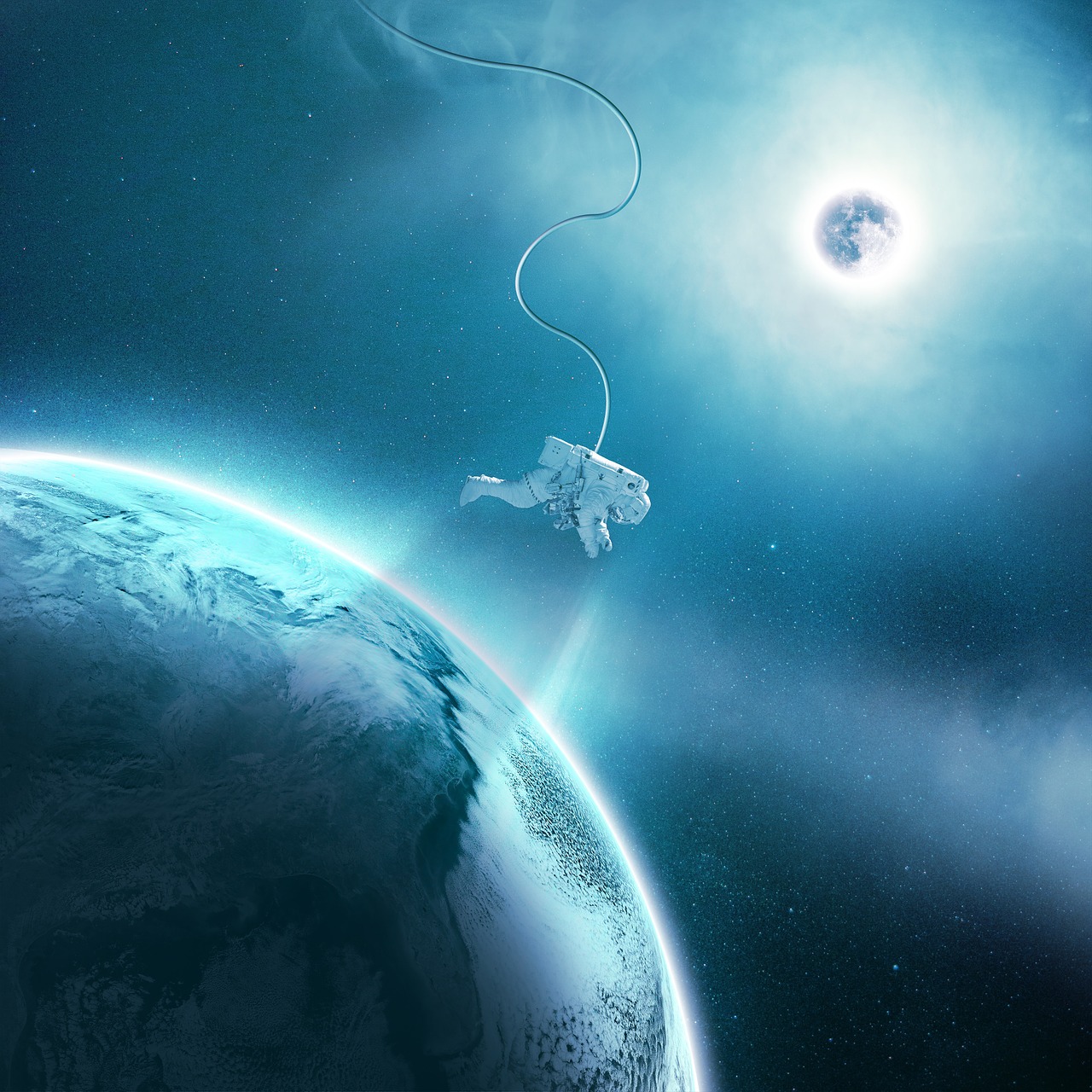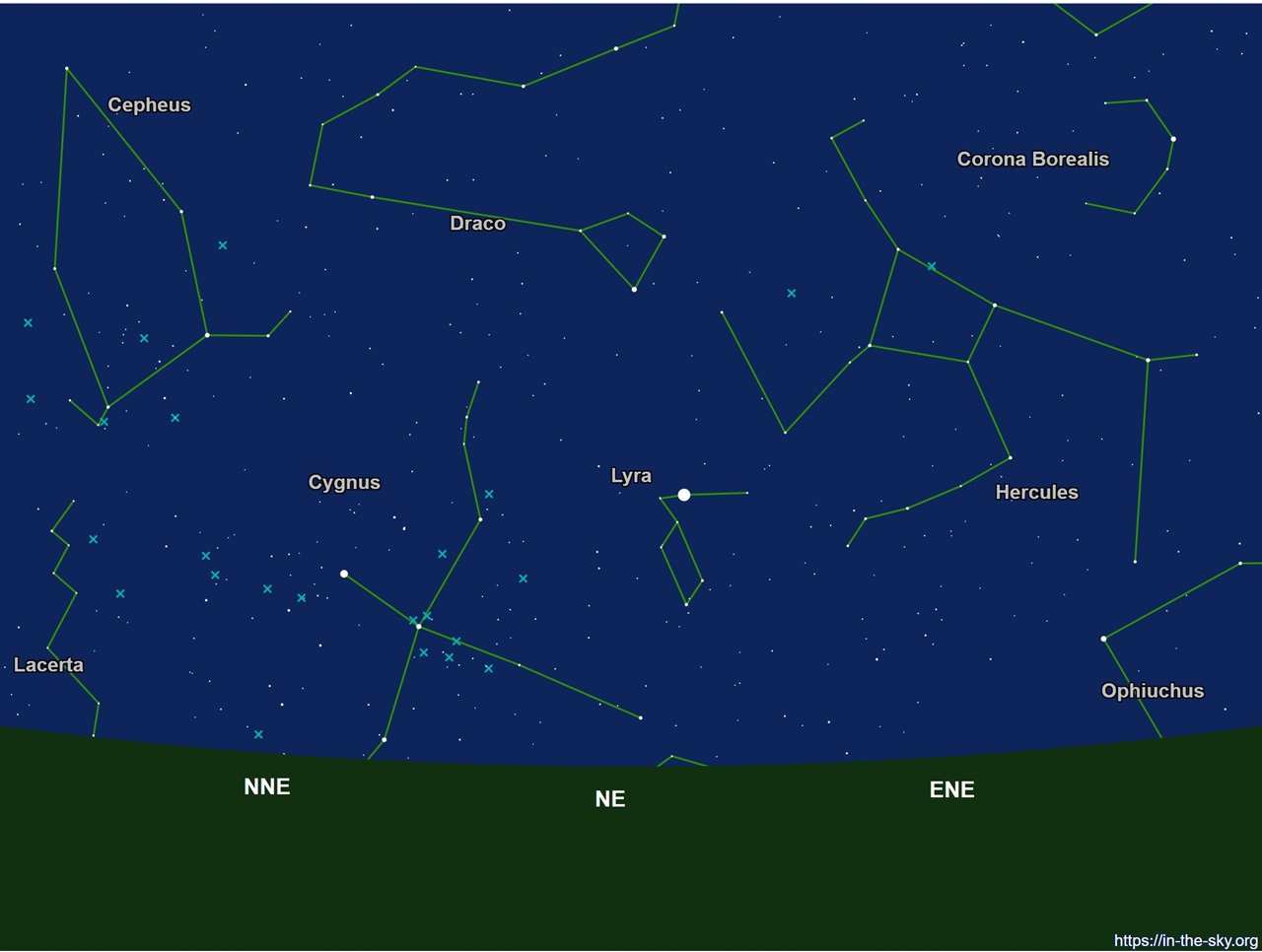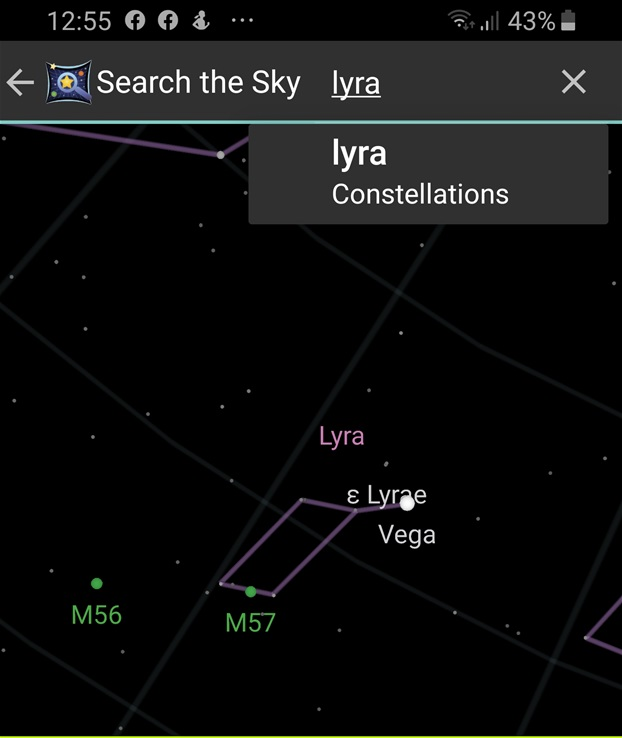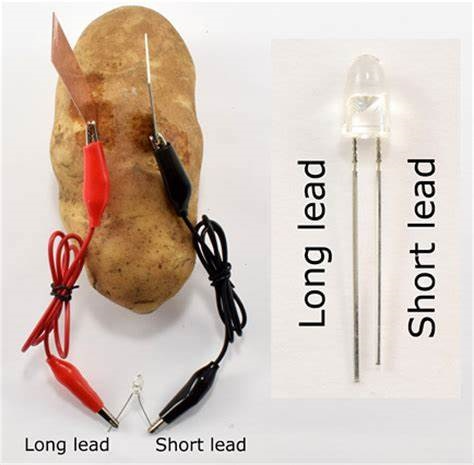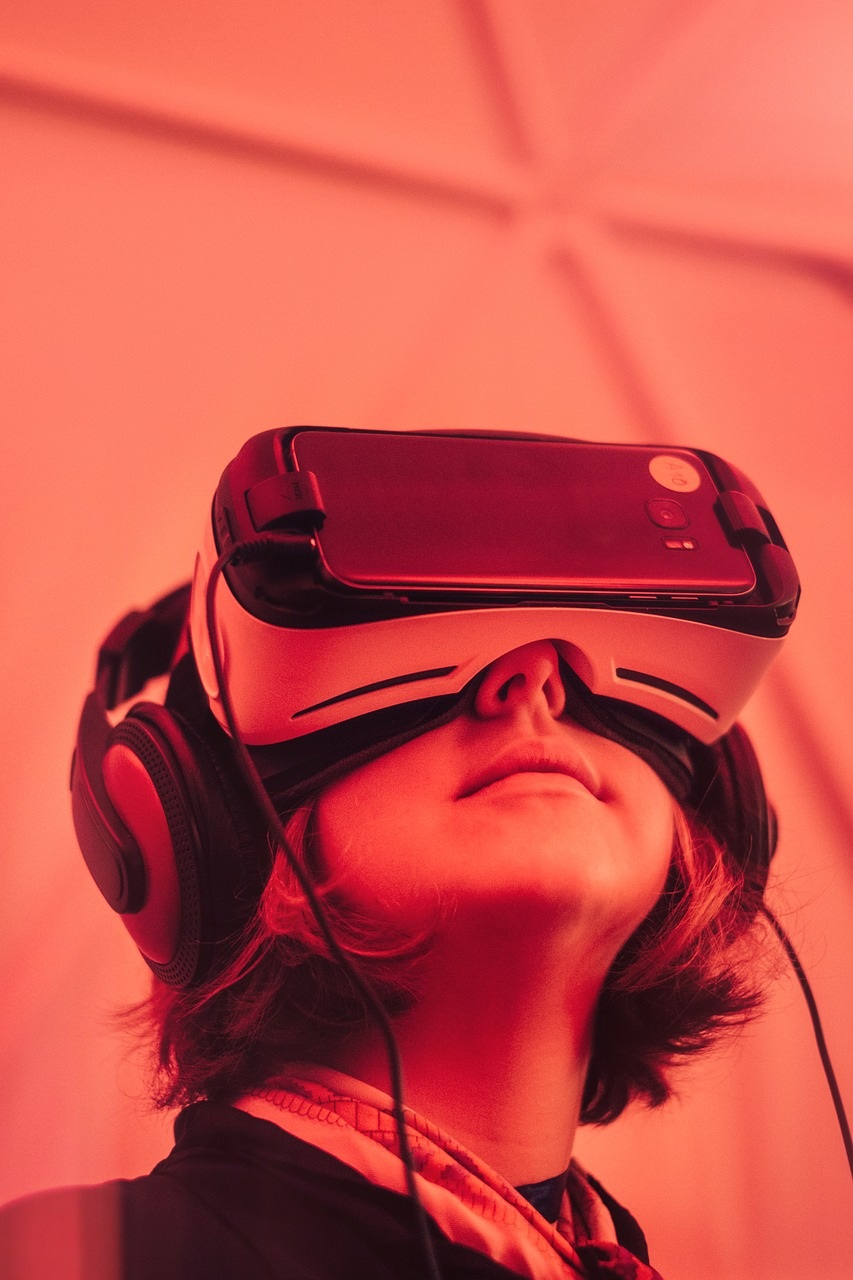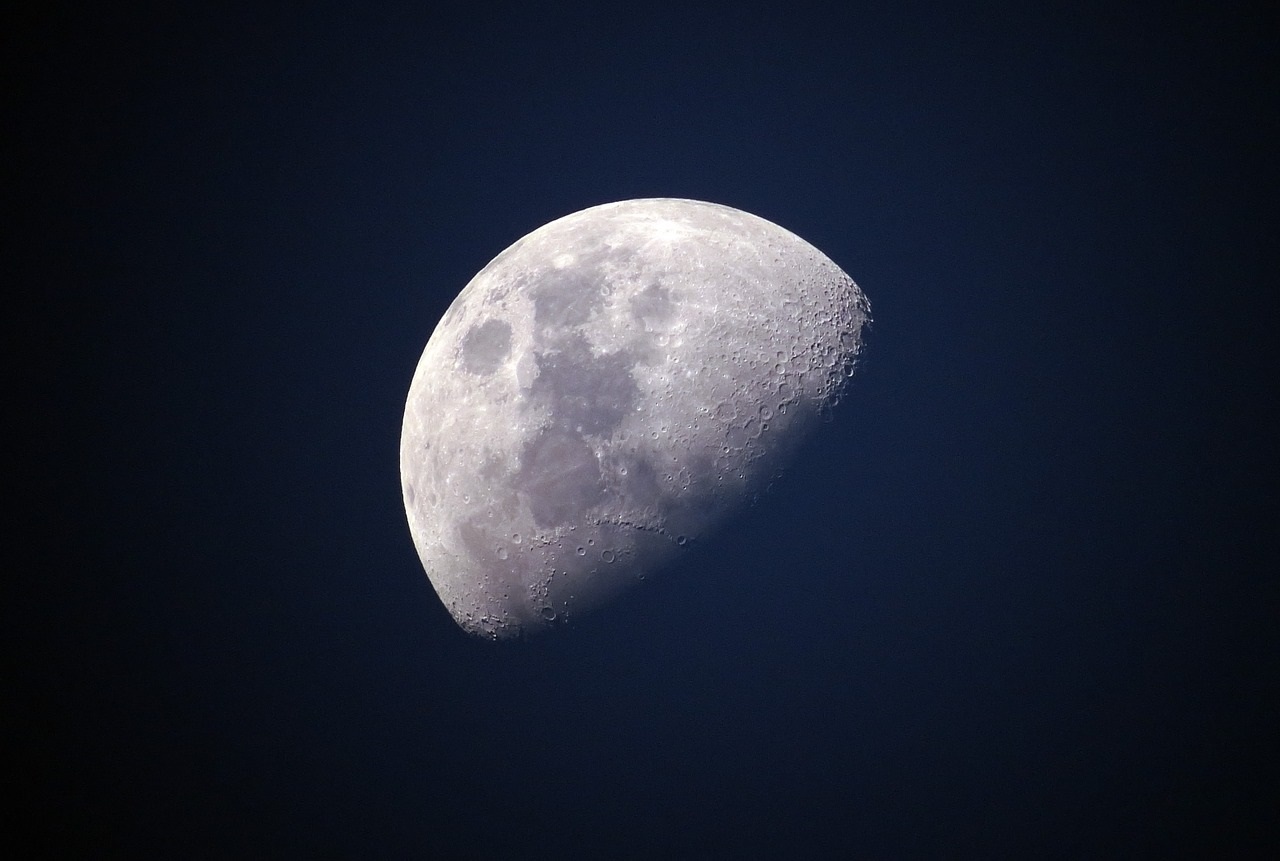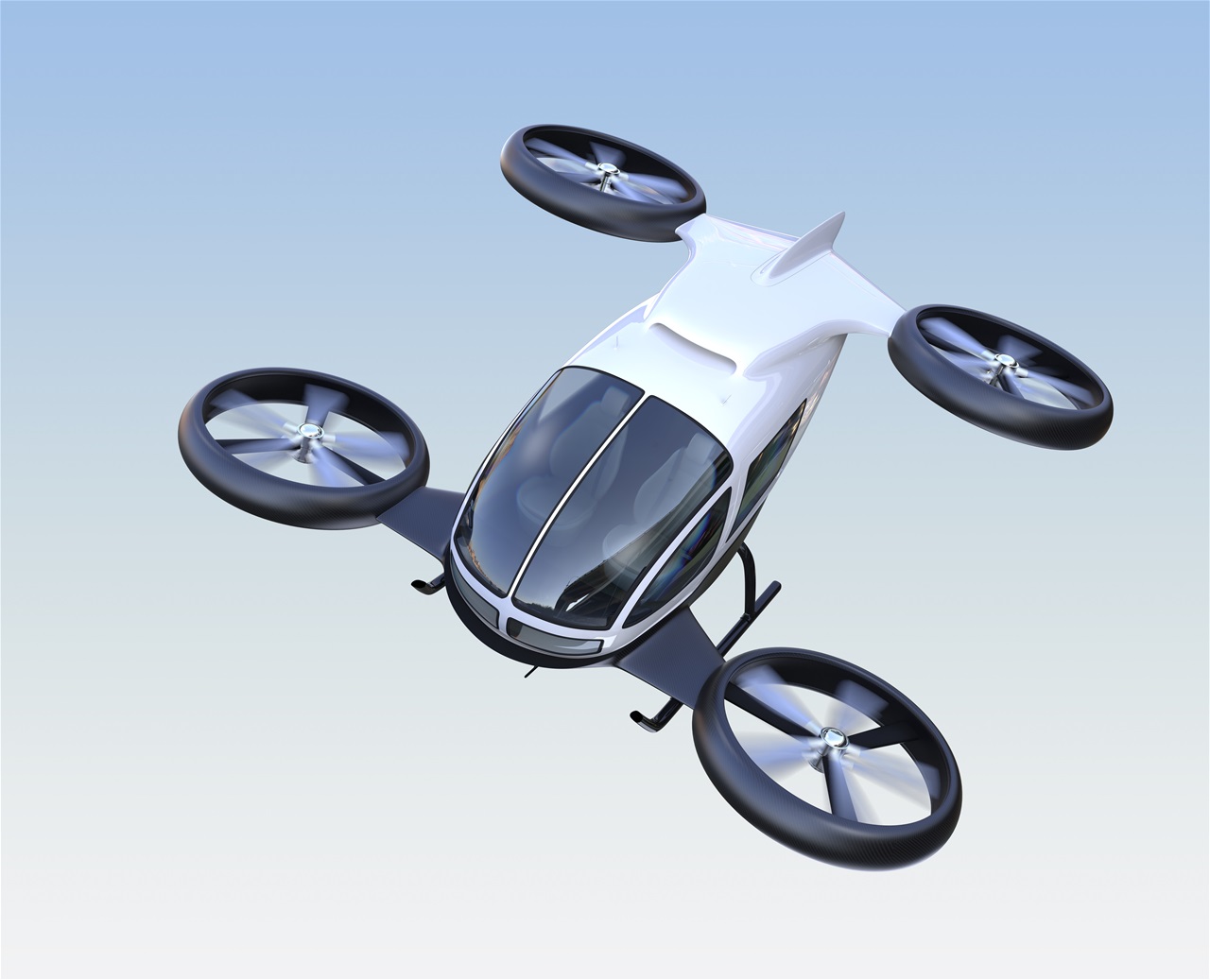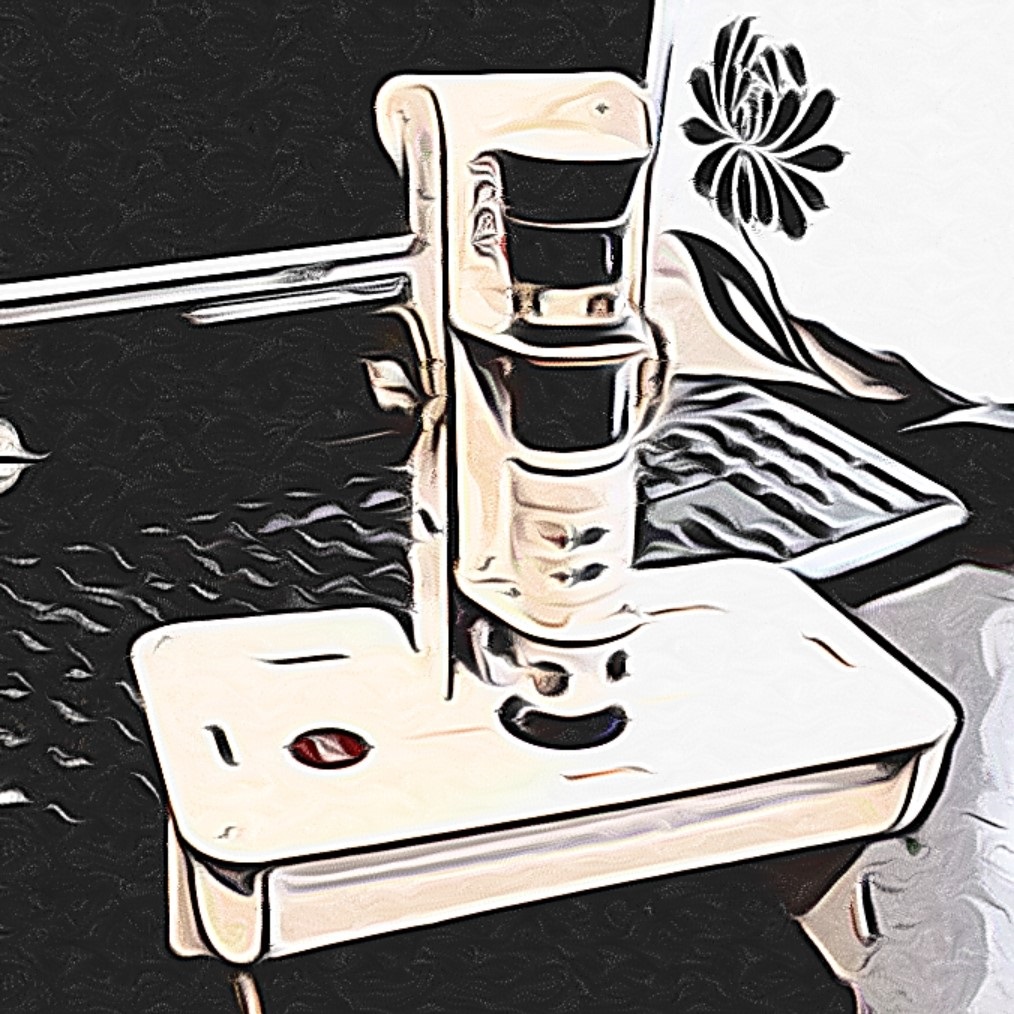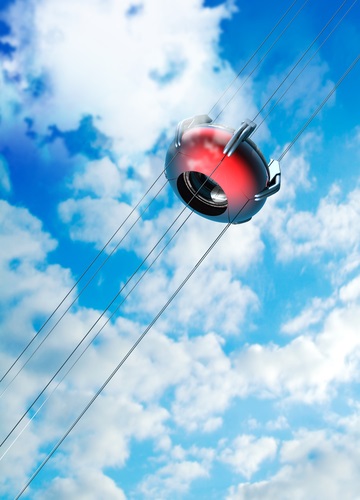Inspiration4 Mission opens the door to space for you. Yeah, you kid!
Do you dream of travelling in space? Is the best nights sleep you ever had the one where you were piloting a spacecraft? (mine was and I put it in a book for you to read about).
Well good news. Getting to do that just got a whole lot easier thanks to a special crew of people. You might have seen or heard about the Inspiration 4 mission. No? Well, a guy named Jared, a highly adventurous type decided to spend his pocket money on a trip to space. So teaming up with a company we have mentioned before here, Spacex, they picked 3 other brave wannabe astronauts to join them.
These guys are serious dudes. Going through a tough training process to get to the point where they were ready for launch.
The Spacex craft is the Falcon 9 rocket (named for the famous ship in Star Wars) and the Dragon capsule is what the 4 have been living in for 3 days as they orbit. And what an orbit, higher than anyone else alive at 585 kilometres. Above the international space station and the famous Hubble space telescope. And this Dragon has that amazing bubble window. Woah... imagine yourself up there looking down and out into the depths of the heavens beyond.
The 4 have done science to help us understand how their bodies were affected by the trip and raised a whole heap of money for St. Judges hospital in the US. Hayley, the mission nurse having been a patient there when she was small and who grew up to work in the place that helped her through some rough times.
Now every youngster at St Judes and YOU can see what's possible in life, if you work hard and never quit. Sian the lady pilot and mission specialist Chris would tell you the same.
Normally astronauts are picked from a certain background of serving their country in some way. But the i4 crew got to experience this incredible mission to space by applying like you might if entering a competition. They all had something special that made them the right choices, but in the future it will be possible for more of us to do the same.
The trip was paid for by Jared who built a business and a life to allow him to make the mission happen. And companies like Spacex, Virgin Galactic and Blue Origin will keep working to make access to space something more and more of us can achieve.
So my message to you on the day that the Inspiration 4 crew return to earth is this.
Be inspirational yourself. Grab every opportunity you can to do what you love and build your own dreams into reality.
Keep searching
M G
Let's Go Retro!
Ask your parents which computer they owned when they were young and they might well say "A commodore!". If that's the case, why not grab them and watch our latest video together. You could find yourselves inspired to try your hand at some retro coding too? No hardware required and all FREE!!!
We built a SpaceX Starship from Vintage Lego!
Want to know more about SpaceX's Awesome Starship Rocket? Check this one out? Plenty of deets for your latest homework project on spaceflight!
5 Facts Every Kid Should Know About the Spacex Starship
Is this a space Tesla?
If you haven't watched any one of the three launches of Spacex's Starship, you could be in for a treat today. Here are 5 reasons why...
Reason 1 - It's different from every other spacecraft around!
Starship is a rocket that can be used many, many times. Up until quite recently every rocket ever launched would be a one time only deal. Once they were used they would fireball back down to Earth or just drift away into space. Starship, like the NASA Shuttle before it, changes all this because it can take off, complete a mission and land time and time again.
Reason 2 - It has big ears!
^^^Take a look at our picture^^^
Can you spot those big flappy ears? They are the aero surfaces that help the craft steer its way very accurately back to the landing zone. They are powered by electric motors that you might find on your Tesla car, if you have one. At the bottom of the ship another set of these small wings unfold to help the Starship glide gracefully into land... which is where things get REALLY cool.
Reason 3 - Starship has the coolest landing moves ever!
All the way up to 2011 the only space craft like Starship was the Space Shuttle. It would get into orbit in a similar way to how Starship will once it is fully up and working - by riding on a huge booster rocket. But what goes up has to come down and Starship's landing flip is the most incredible sight. As it is almost at the ground the huge vessel relights its engines and flips from horizontal to vertical, with the flamey end pointing down! Then, the powerful Raptor (cool name) engines slow it down so that it is travelling 0 kilometres per second at 0 feet of height.
Reason 4 - Starship will be able to take people to other planets
The whole reason Elon Musk, the founder of Spacex is building Starships so fast and in such a new and exciting way, is so that humankind (that's folks like you and me) can travel to and live on other planets. The idea is to start with the Moon and set up a base there, followed by a building a city on Mars. Can you imagine? What more important a job can there be other than working towards these goals? I struggle to think of one!
Reason 5 - You can watch the bulding, launch and landings 24x7
There is such an awesome team of people like you, who love space and the idea of travelling far beyond the Earth who bring live pictures of the work being done on Starship to us via sites like YouTube. There's a couple of the best linked below. We all need to support these guys because they are also doing something new and unique. Creating a permanent record of this work and these flights has never been done in such detail. I have learned so much about space exploration from watching these channels and if you think this stuff is cool, you should definitely join Team Space!
As I write this, there is a launch scheduled for sometime this week (29th March - April 3rd 2021). A little patience is needed as you watch these incredible events as sometimes things get delayed for all sorts of reasons - but when they happen - you can expect to see stuff like this:
I hope this post has made you want to find out more about Starship - we have seen 3 amazing take offs so far (SN8,SN9 and SN10) and only one landing - but some cool explosions are always part of the fun (when things don't go to plan.) So follow the links, do your own searching for more info and take your first steps into a wider universe!
Keep searching!
M G
If you could tune into a Gravitational Radio what would you hear?
Gravity. The ultimate leveller, keeping all our feet on the ground. But its origins are genuinely mind-bending, counter-intuitive and utterly baffling. If you’ve got a youngster that has been delving into the world of physics during their lockdown (maybe KS3) studies, here’s a game plan to test that knowledge over dinner tonight.
1. Where does gravity come from?
Now, you’d think that some attractive magical force, like magnetism, would be pulling objects closer together. But uh-uh, that’s not it. The force experienced as gravity is actually a result of dents put in reality by the mass of an object. The bigger the mass, the more significant the dent, the stronger the gravitational field. Imagine it like a bowling ball in a bedsheet. It makes a curve in the sheet and a tennis ball when you add it to the mix, falls towards the centre. Well, that’s a model of how gravity works.
2. So space is curved?
Yep! In three dimensions, which is hard to visualise, but imagine our bowling ball in a block of jelly (or jello for our US pals). The jelly would be curved around the ball, and if we placed some lines of custard (we’re making a physic trifle now) inside, we would observe that curvature. When a star collapses, all of its leftover mass collapses into a single, infinitely dense point. This curves space in such an extreme way, that the laws of nature break down and even light cannot escape – all we see is the black hole – an absence of light.
3. Can gravity ripple?
Another yes! Cosmic events, like supernovae, are such huge events, involving incredible forces and velocities at the speed of light, that they can cause distortions to travel through space. Gravity waves are very rare and hard to detect, so a unique experiment called LIGO was created in the USA to hunt for them. It was successful as you can read here.
In COOP – Enzo, mischievous as ever, realises that the effect of one of his incredible machines, will create small gravity waves. So, he programs the machine, hidden behind the Moon, to work in such a way as to modulate the distortions into a signal. A typical cheek move, that our hero Oliver thinks is reckless, but very cool!
Check out the book on Amazon now – and keep searching!
M G
3 things every kid should know about Quantum Physics...
1. It's all about your point of view
Quantum physics and mechanics deal with how the smallest particles we know of behave. The weird thing is that at this tiny, tiny, little, weeny scale the universal laws we all know (like if I look at that light bulb when it's on – I'll see a glow) break down and nothing seems to make sense.
Because bits of matter that are smaller than an atom are affected by the way we measure them, it's difficult to predict how they will look when we try. There are lots of possible ways things could turn out. This is where it gets nuts – these tiny particles are "fuzzy".
Imagine a basketball. You have a choice of shooting one of three hoops. You pick one and shoot, and it travels up and then falls through the net. You could guess how it was going to go before you took the shot. But if your b-ball were a fuzzy particle – when you let it go it would (deep breath) TRAVEL ALONG EVERY POSSIBLE PATH BETWEEN YOUR HANDS AND ALL THREE HOOPS.
It's not until your best pal at the side of the court turned around and looked at the ball, that you would say – oh look the ball is in mid-air on the way to the middle hoop.
And this isn't just sci-fi nonsense, scientists have proved it.
What this means if you think about it is that when you close your eyes, the universe may not exist. Because if the world around us only looks the way it does because we happened to look at it – then did it exist at all before we took a peek?
Is your mind blown? Let's move on.
2. The Multiverse may be real
I love Marvel comics (and nowadays all those movies). The pages of those books are where I first came across the theory of the Multiverse. Given what we have just said with our basketball thought experiment, it could be that something might happen on the tiniest sub-atomic scale that could affect what happens on the bigger scale.
For example, the sun is shining on my solar-powered light bulbs all day long. But the sky is a bit cloudy, and I'm not sure whether there will be enough energy hitting the panel on my battery pack to charge them. I won't know until it gets dark if enough fuzzy photons struck the solar panel.
Let's say that at sun-down, the light comes on. But, due to the mysterious nature of the photons taking every possible path (and the way they travel being impossible to predict), another universe may exist where the bulbs didn't come on.
Boom! That's how the Multiverse could work. And once again, there are things in nature that we have seen, which the existence of infinite realities might explain.
3. Your brain may be a Quantum Computer
Now that we have said that the universe only looks the way it does because we decided to look at it, you have to ask yourself, what was the world like before anything existed that was looking? Did everything exist and happen in every possible way all at the same time? Maybe, is the best answer we have. (Could you work on that one please?)
There must be a link between how our brains react to what we see and think about reality itself because until we see and think about it, reality doesn't exist in the way we see it. It's a loop, like an infinity war!
And here's another fantastic thought. The human mind can out process any computer known to exist; we can pat our heads and rub out tummies at the same time, for example, which means that our brains can run many complicated programs at the same time. It needs complicated muscle control, plus feedback from your senses, and maybe even thinking about what to have for tea all happening all at once.
Perhaps the reason we can do that is down to sub-atomic particles, a mind-multiverse that we just experience as thinking? Worth a thought isn't it?
If we could truly understand what is going on and harness the possibilities, we may be able to experience the Multiverse. Even if it were inside a computer which we could interact with, we might be able to see the past, present and future, just like Enzo and the Order of Saint Nick in the Winter Family saga.
Ok, that's enough deep thought for now.
Keep searching!
M G xx
Spot some meteors tonight - 9th May 2020
When a comet goes through the solar system, it leaves a trail of rocks behind it. The heat of the sun warms the giant rocky snowball and pieces break away. We see that as the comet's tail.
Each year as the Earth goes around the sun, we pass through the remains of a few comet tails and, if we are lucky can sometimes see meteors as a result. Meteors are pieces of rock which fall into the well of our planet's gravity. As they pass through the atmosphere at thousands of miles per hour (click here to see how to work out exactly how fast) they rub against the atmosphere which produces heat.
Usually, it's so hot that the meteor begins to glow and that's what we see from down at ground level. The heat is so intense that the ball of rock, which can vary in size from pebbles to boulder-sized objects, is burnt away into vapour and never reaches the ground.
It just so happens that as I'm writing this awesome knowledge post, the planet is passing through the tail of comet Comet C / 1983 H1 when it last buzzed us back in 1983. It's not due to pass this way again until the year 2953!
Would you like to try and spot the Eta Lyrid meteors tonight?
They are at their peak on May 9th 2020 so you will have the best chance.
Here's how, in a few easy steps:
1. Check the weather forecast. Is it going to be cloudy where you are tonight? Hopefully not. At 9pm tonight it is probably going to be clear where we are in the south of the UK.
2. Grab a phone or tablet and download an app called Skymap
3. Once installed, click the search (magnifying glass) icon and type the word Lyra. You should see a constellation listed, which you need to click.
4. Skymap then shows a circle with an arrow. Turn your phone until the point of the arrow is point towards the constellation. This is where you need to be looking in the sky. You should be facing North East at around 9pm tonight. (If not, you may need to calibrate the compass on your device).
5. Ok, so now you are looking at the right part of the sky, pull up a chair and grab a blanket and keep looking up.
At its peak back in April this meteor shower would have shown you up to 18 meteors per hour – but tonight, it will be a lot lower, only 3 per hour. But worth trying to see, if you have never spotted a shooting star before!
Why not take some binoculars or a telescope out and have a look at the bright Moon tonight? See if you can spot some craters. They were made by meteors too! Also, can you find the planet Venus?
Keep searching.
M G
Bicycle Lights in the Sky?
Do you have a set of lights on your bike that are powered by a small dynamo? These small electric generators use the rotation of coiled wires through a magnetic field to create a direct current, which is enough to power the lights on your bike as you pedal.
It’s incredible to think that the same process goes on out in the heavens as planets and moons move in relation to one another through the magnetic fields created by the stars they orbit. Heavenly bodies with iron cores produce these powerful fields, and as they rotate and move around their solar systems, they generate electrical current and associated blasts of radio waves.
Astronomers with radio telescopes can detect these phenomena and just recently, around a red dwarf star called GJ1151, just such an occurrence has been discovered.
You can read more about what has been found here – it’s incredible to consider that the same processes that keep you safe on your bike also light up the skies of distant, perhaps habitable worlds!
Keep searching
M G
What's the point of a virus anyway?
Viruses – tiny, invisible to the naked eye and capable of doing a lot of harm. They can’t see, speak or think and aren’t even aware that they exist. The only goal a virus has in life is to infect a host cell and trick it into making more copies of itself.
So what is the point of them? Why do they exist? Well, if you analyse the last paragraph, you can pretty much apply it to any form of life that we know. The only creature that exists that seems to be fully aware of itself are modern humans (and maybe some sea-going mammals, great apes and elephants).
When you think about it, we all grow up, have children, and that’s it. Making copies of ourselves just like viruses. Do viruses do any good? Well, right now, most people would say a definite no!
The world is facing the challenge of a new viral illness - Covid 19. Giving it a name like that, makes it seem like something from a disaster movie. But it's just the way micro biologists code things - we all love putting things in categories, right?
Our intensive methods of farming, and the need to feed the growing population of our planet, have made living virus factories in farmed animals. From time-to-time diseases that evolve in this way jump from animals to people. Some of them can do serious harm.
In the case of the new Corona virus strain, a small percentage of those unlucky enough to become infected (usually because they are already weak from other problems) can suffer from breathing problems. The majority of people, including children, are strong enough to fight off the infection with very little impact on them.
Doctors are working hard and very fast to create a vaccine to prevent infection on a word-wide scale. But it's a race against time and washing your hands and following a few other sensible precautions that you have no doubt seen and heard about will help delay the spread of the virus.
Still, in nature, those with the best natural ability to fight off infection are the ones that survive. They go on to make copies of themselves (have kids) which also carry this ability. So you can argue that an outbreak like this, ultimately makes a species stronger over time, though it's not a nice thing to think about.
Viruses are also known to be beneficial in some cases, working with and not against our bodies defences. So although we are living through a scary time – we need to keep things in perspective and think logically about what is going on. This is nature, doing what it does and has always done.
Viruses like Corona pop up from time to time and humankind rises to the challenging of managing them, making us better prepared for the next one.
So don’t be quick to blame the virus, it’s a tiny living machine. It has no idea of the havoc it’s causing and that actually, it is less likely to survive long term by messing with humans as an adaptable species with technology at its command.
Keep searching!
M G
Spud Power
In C.O.O.P. the next instalment of the Winter family saga, Oliver and his friend Emily find themselves stranded without power on the surface of a distant world. But, Emily’s knowledge of chemistry saves the day, when recalling how she and Oliver made a battery from a potato.
The acid inside a potato contains a potential source of energy that can be released by introducing two different types of metal (copper and zinc for example) – known as electrodes and plugging them into the spud. When the positive and negatively charged materials are hooked up, a chemical reaction takes place and electrons begin to “flow” releasing energy in the form of an electric current.
This is enough to power a bulb or a digital display, but our plucky explorers have to scale things up a little to revive their craft. Luckily the environment they are in has acid, frozen on the surface, so with a quick bit of engineering, they can fire up the radio and call for help.
If you would like to give this experiment a try – check out this link – it’s a fun way to learn how batteries work – and you can always make chips afterwards!
Keep searching!
M G
The Quantum Car-Park
Car parks. They have a strange way of hiding your car from you. I always feel that moment of panic, when I look around, realising that I have no idea where I left the car. I once spent thirty minutes with my son in a multi-storey lot, checking the same places about three times before we finally found it in a spot we had no memory of putting it in. Maybe there is a scientific phenomenon going on.
Perhaps big car parks, like the tiniest particles, are subject to the laws of Quantum mechanics? Maybe when we looked in each parking spot, we had a fifty/fifty chance that the car would be there. Because, weirdly, when you get down to the tiniest, sub-atomic scale, that's how the universe is.
In C.O.O.P. the next instalment of Oliver Winter's adventures, Enzo uses this craziness as the underlying principle behind his interplanetary exploration tech. The smart old clone, hooks up a process called Quantum entanglement, with Virtual reality, along with his ever-present Elfites and a little wormhole or two to send teams of young adventurers on a quest to find; well, you'll find out!
Quantum entanglement, in a straightforward explanation, is when two particles behave in a particular way in relation to each other, no matter how far apart they are! Imagine two light switches thousands of light-years apart. Turn one on and the other, in a distant galaxy turns off at the same moment. Somehow, the pair of switches are the same object, acting oppositely. They are entangled! It's spooky (even Einstein said so!) But, could such things be used to communicate?
Well, scientists have already proved that Quantum entanglement can be used as a method of communication. By sending entangled light particles, called photons down a fibre optic cable and measuring their states (switched on or off in our example). They found that the particles remain "in-touch" over fifty kilometres. In theory, this could scale to vast distances, allowing communication between stars - but there is a catch! You still have to send one of the pair of entangled particles to a galaxy, far, far away first!
And that's where tiny holes in space and time come in. We'll talk about those next time!
If you haven't got on board with Science of Santa Claus yet, you'll find it here. If you can wait a few days, you'll also find it in audiobook format. Loads more learning - be like Oliver and discover how the world works as you read!
Keep searching!
M G knight x
Go Virtually Anywhere...
So right now I'm in the middle of writing COOP (Christmas On Other Planets), the next book in the Winter Family Saga.
It's going to feature some hot new tech and crazy physics and I wanted to share some real life examples of how these amazing new advances are either just around the corner or HERE today.
First off there's Mixed Reality, I get to play with this at work sometimes and the overlaying of "holograms" onto your point of view with a wearable PC is a brillant experience. We're also lucky to have a PS VR and Occulus GO headset, so my kids are VR savvy all the way! But Microsoft is working with NASA to help plan rover missions exploring the surface of the red planet. I found out about this not long after I wrote about putting Oliver and his friends on other planets in a realistic way, without cheating and making it a simulation!
I need my books to be grounded in reality as much as possible and today's children are so lucky to live in an age where these dreams are becoming everyday things.
The next incredible piece of tech are tiny robot bees (like Elfites!) that may also be used to explore the surface of Mars. Nanobots that can send back data to Earth about conditions on a world millions of miles distant. I can't wait for this to happen and neither could Enzo in the new book. He finds novel ways of getting his tiny explorers into space!
Which brings me to the quantum realm! No, not Ant Man, but the real life physics of Quantum Entanglement. Sub-atomic particles that when born in pairs mirror the changes that happen to one another, even across long distances, with no transmission of ANYTHING between them! This really sparked my imagination and wait until you see how The Order of Saint Nicholas is using the science of Quantum Communication.
Here are the links for you to check all this out - don't take my word for it!
Keep searching!
M G
Circuit Training: 3 Extra things to know about circuits this term
This week here on the awesome knowledge page, we’re thinking about electrical circuits and how energy flows around them. You may be doing some practical experiments in school this term with simple circuits, so if you want a little extra background, here we go…
How fast does the electricity travel through a circuit?
First, let’s think about where electrical energy comes from. In a circuit the charge moving around a circuit is carried by something called an electron. This is an unbelievably small particle, which can be found in every atom which carries a negative electrical charge.
All objects with an electrical charge generate what is known as an electrical field. Think of this as the invisible lines of force which move an object from one point to another. When charge is moved in this way the result is measured as energy. Energy that can be used to power anything from a single light bulb to the most complicated circuits found inside things like mobile phones and computers.
If you have a simple circuit, with a battery, switch and a bulb in it and you close the switch, you complete the circuit and the energy starts to flow.
Have you ever noticed any time delay from the moment you flick the switch to the moment the light from hits the back of your eye? It appears to happen in an instant? And the reason has to do with the speed that the energy is flowing.
The electrical field we mentioned earlier spreads at the same speed as light. Which you might recall is 186,000 miles per second. As the energy flows due to the electrical field it typically travels at a speed close to the speed of light. (This can vary due to what the light is travelling through.)
So, no surprise that the light comes in as soon as you flick the switch!
You could beat an electron in a race easily!
We’ve talked about the speed that the energy flows around a circuit, but did you know that the electrons themselves hardly move at all? Because of the way that they transfer themselves from atom to atom in a material that is conducting electricity. The movement is random and because the atoms in the wire are packed tightly and closely together, they push into one another moving the charge as described above like a row of marbles colliding – it’s like a chain reaction. With all this random zig-zagging the electrons only actually move at a rate something like 1.2 metres per hour! You could outrun that easily!
Electrons probably don’t flow in the direction you’d expect
You already know that a battery has a positive + and a negative – connector or terminal. When you plug your battery into the wiring of your circuit which way would you think the energy flows? It’s easy to assume that the flow would be positive to negative. Because more is giving to less, right? Wrong. What actually happens is the opposite and this is because electrons carry a negative charge which is attracted to the positive and therefore flow in that direction.
A great way to experiment and learn more…
If you’ve enjoyed learning about circuits and want to discover more, the Cambridge Brainbox kits are a brilliant way to experiment safely with plugging components together to see what each one does. You’ll learn about more circuitry symbols and have a great time building some fun projects, with step by step instructions. They are available on Amazon now!
Keep searching!
M G
Tweet about this with your kids this weekend!
We're not all about curved spacetime and vast cloning facilities here at Winterfam, we love getting out into the world and taking in the wonders of nature in practice rather than pure theory.
We all need a reason to get out from in front of whatever screen we usually find ourselves gawping at over the weekend (by choice or not!) and whether you're a kid, parent or grandparent we've got a great one for you this weekend!
The RSPB Big Garden Birdwatch takes place on Jan 26th/27th and is a brilliant activity around spotting different species of birds in your own backyard and logging what you see for an hour. It's that simple, but is amazing fun and you'll learn a thing or two while you're at it.
We've got a nice way to extend the twitching with this little experiment. See if you can attract a Robin into your garden, by playing the bird's song from this android app:
(You can also use YouTube for this)
Pick a quiet spot and search for the robin in the app, then play its call out loud a few times. We've done this and always been visited by a male of the species within minutes. Make sure you dig up a patch of earth nearby and the little fellow will have somewhere to feed.
Robin's are very territorial and hearing the call of another bird, never fails to bring one flapping.
Enjoy your citizen science data logging as a family this weekend!
MG
Why a Moon landing is still a big deal
A question for you, Dear Reader...
You do know that mankind first landed on the Moon way back in 1969, right? If you were born after 2005, there's a good chance that this INCREDIBLE fact may have passed you by in the storm of other facts that compete for space in our heads.
Just imagine the worldwide excitement that was generated by this amazing feat back on that July day in the late 1960's. This was the first time a human being had stood on another planetary body other than the Earth. Imagine how the world will react when we discover life that originated somewhere other than on our home planet? That's probably going to be similar to the global reaction of mankind seen on the days around the Moon landings.
I wasn't born until 1972, the year that the last lunar mission, Apollo 17 took place. Just the thought of astronauts taking steps up there, 238,857 miles away fills me with awe and wonder. How does it make you feel? Does it seem as amazing to you? I hope so.
Man hasn't set foot on the Moon since those days. But on December 7th 2018 an unmanned Chinese mission set off to somewhere that a robotic probe, let alone a human being has never been. The lunar dark-side.
We shouldn't really refer to the landing site in that way though as it's not always dark. Because of the way the moon rotates as it orbits the Earth, from our point of view, when we look up, we always see the same side. The near side. The far side is where the latest chinese probe has touched down and although people often call it the dark-side of the moon, its not always facing away from the sun and receives sunlight just like any other area of the surface.
A funny thing though. A few years ago, I was on a trip to central India. One night, a full Moon bathed the evening in reflected starlight. It was beautiful as always. But to me, and maybe it's just looking at the Moon from a vastly different spot on the Earth, it did look different. If you're ever lucky enough to go globe trotting - see what you think.
Why not try an experiment to recreate the Moon's orbit around the Earth next time you're at the park? Jump on the roundabout and set it going. Not too fast. Then, get a friend to try and keep up with you while spinning themselves. Can you recreate the same effect so your friend is always facing you? It's a recipe for dizzyness so be careful!
One of the interesting things about the latest lunar mission is the fact that a satellite had to be put into orbit in such a position that it acts as a relay for communication between mission control in China and the Moon lander. This is because... you guessed it, the space-probe touched down on the side of the Moon facing away from us.
The radio signals carrying pictures and other data are bounced off the artificial moon back down to Earth and vice-versa. Although it took 5 days for the Chang'e 3 lander to reach the Moon the communications are fortunately a little faster as can be seen from the amazing images received only hours after touchdown.
The mission aims to study the huge crater that the craft touched down in as its believed a huge and ancient impact has exposed rocks usually hidden deep below the ground. Also experiments to see if a Radio Telescope could be placed on the Moon are being carried out.
The Chinese Lunar Exploration Program also hope to land men on the Moon in years to come and are working on their own equivalent to the International Space Station.
Do you want to go to the Moon? If you do, wait for the next clear night and get a good look at where you're headed. Borrow a pair of binoculars or if you are lucky enough to have a telescope, get it trained on the Lunar surface. Check out the BBC Sky at Night Website for more tips.
In the next episode of the Winter Family Saga, Oliver will get to travel to the far-side of the moon, where The Order of Saint Nicholas have a secret hidden from mankind for over a thousand years. And that's just the start of a whole new adventure.
Keep searching
MG
Avoiding the demonization of technology
Why we must better protect ourselves through careful design
This post may contain spoliers if you haven't read further than March in The Science of Santa Claus - you've been warned :-)
Any technology that man creates can be used for good or ill. Even the earliest man who stood with a burning branch in his hand was faced with a choice. Burn his neighbour's shelter or share the flame's warmth?
Recent happenings at Gatwick airport have shown that drones can be used to disrupt people's lives in ways that no-one was expecting. Its important to recognise that its the choices of the people in control of the quadcopter that are the cause of the disruption and NOT the 'copter itself.
When we build the amazing devices that fill our world we have a responsibility. The young readers who will be building the next generation of software and machines that will fill the world of twenty years from now, must be responsible in the way they build the future in a way that current innovators haven't always been.
As much as possible, safeguards that will prevent devices from being mis-used need to be put in place while these wonders are on the drawing board (or CAD screen, we should probably say.) In order to do that, the designers of the future need to think about risk. Ask themselves what is the potential impact of the mis-use of this internet connected talking doll or online microwave oven? If someone takes control of it without consent, what could be the consequences and most importantly how can we prevent them?
If you've owned an XBOX games console, you may not realise these facts. The original version of the console, when launched was hacked within days. The second within months and the third? Well the XBOX One hasn't been hacked... yet.
The designers at Microsoft learnt the lessons for us and we have to make sure that we shortcut the process and build in consumer protection from the first product that rolls of the automated production lines of the future.
This theme is explored in the The Science of Santa Claus when cloning systems of The Order of Saint Nicholas are used to create the horrifying Gingerbread Men that attack Oliver and his friends during what should have been a fun school fayre. The safeguards of The Order were overcome through brute force with terrible consequences.
So if you're a young coder, just starting out with Scratch or something like it, remember, the software systems you may write in the future will need to be secure against the same types of bad guy.
Killer robots will not one day rule the Earth, unless we let them. So when people demonize the drone, stick up for it. If the designers had built in geo-fencing to stop them being flown within a certain distance of an airport, a whole lot of heartache could have been avoided this Christmas.
Keep searching!
MG
Like Science and tech? You're NOT a geek!
In my book The Science of Santa Claus, we mention some pretty cool science and technology. And guess what? If this stuff interests you - YOU ARE NOT a geek!
Some of the coolest people that ever lived - folks that changed the world and ARE changing the world today - might have once been considered nerdy. But not any more.
Science and Tech is the thing to get in to in the 21st century and here's why. During your lifetime, artificial intelligence will revolutionize the way we live, work, shop and travel. So why not get on board and start to shape the future yourself?
Just think about how you buy from Amazon today - it has AI built in that suggests what you might want to buy next or as well as what you've been searching for.
You've heard of Uber? Well those guys use AI to calculate the cost of your journey and in future they could launch services with flying vehicles (they already have boats!) that are totally pilotless. Imagine - going to work in a Dasher!
As we live longer - our healthcare services are even more in demand. Imagine being part of a team that writes AI medical software - helping people access the help they need 24/7!
So here are a few links to sites that you might find interesting and set you on your way to becoming the coolest person that ever picked up a keyboard, a screwdriver or even a test tube!
Predict the future with Artificial Intelligence - How did the Order of Saint Nicholas know how children's futures would turn out? Read on!
Nano Tech - you want your own Elfites to build stuff for you at an atomic level? Start here!
General Relativity - if we're going to travel to the stars or even Mars - we might need a way of folding spacetime. Get working on that today!
Keep searching!
MG
Getting to space in a lift could be a reality sooner than you think...
If you haven't read past August in The Science of Santa Claus - spoiler alert!
Oliver and his family have a crazy ride in August after they discover one of the Order of Saint Nicholas' bases in a finnish forest. The space elevator that they travel into orbit on is an idea that's been around for many years. I first came across it in a piece by a guy called Arthur C Clarke (check out his mysterious world on YouTube!).
The basic idea is to attach a space station to the Earth with an incredibly long cable that would need to be made from a material stronger than anything you can imagine. That was the biggest problem until the invention of materials like Buckminster Fullerene and Carbon Nanotubes. Funny names for really really tough stuff that can be formed into a tether.
Imagine standing still, holding a rope with a heavy weight tied to one end. Now imagine swinging it around above your head - that's the principle behind the space elevator - the weight would be the space station and you would be the spinning planet!
As for how the Order built something like that (there may be more than one!) without mankind noticing is something of a puzzle. A question for another book I think!
In the meantime, do some further learning on Space Elevators by clicking the link and...
Keep searching!
MG

